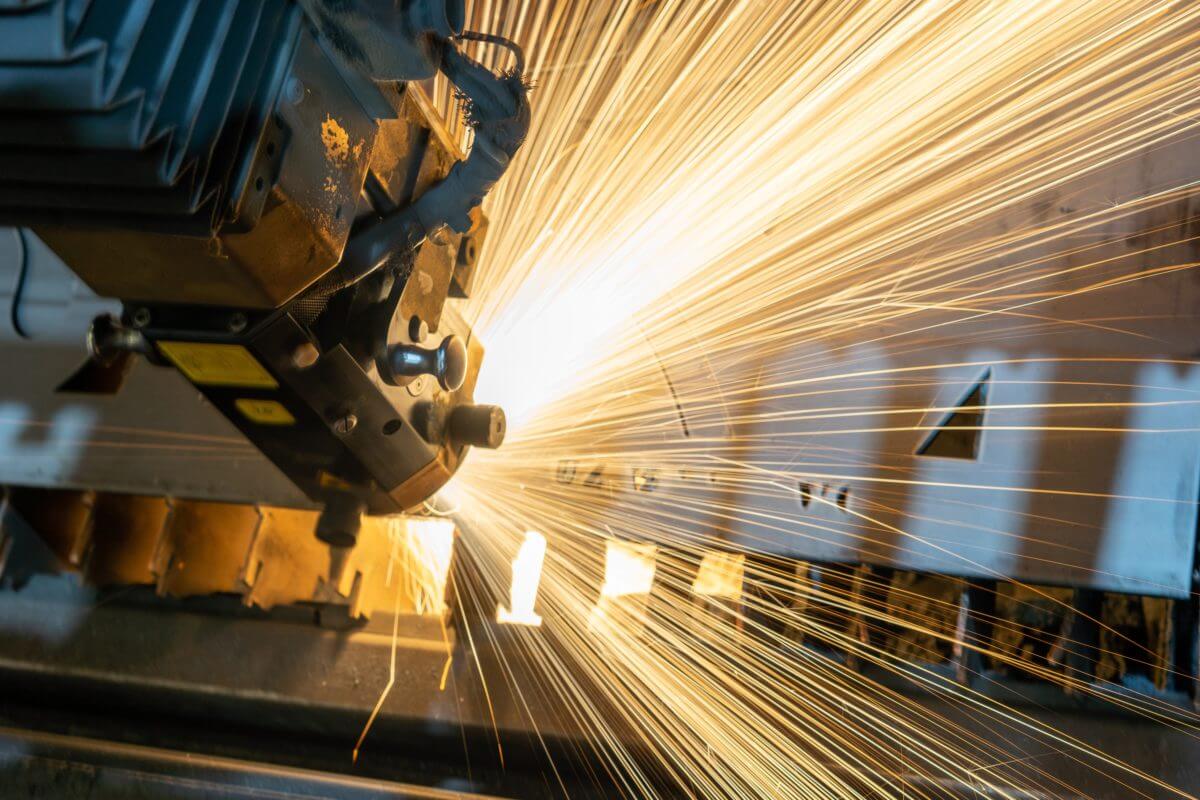
Manufacturing Index: the United States and Europe
Although slightly slower in July, the U.S. manufacturing sector is still growing as new order rates continue to decline, supplier deliveries improve, and prices soften to reasonable levels “Timothy Fiore, the ISM manufacturing committee’s chair, stated.
The headline index for the Institute for Supply’s monthly national manufacturing reading is here, with readings above 50 denoting expansion and below 50 denoting contraction. Component indices track prices, employment, production, and new orders.
The flash reading of 52.3 for the S&P Global US manufacturing index for July was revised down to 52.2, contrary to predictions for no change in a survey compiled by Bloomberg. The July indicator is lower than the June value of 52.7, which indicates slower growth.
What To know about Manufacturing Index
Poor statistical foundation. China is a developing country, whereas the US has a developed economy. Because of the low statistical base, emerging economies always experience rapid development, resulting in large percentage gains even when the mature economy experiences the same rate of monetary expansion—the percentage change is smaller.
- The official name of the study is the Manufacturing ISM Report on Business. The Institute for Supply Management is in charge of it.
- The purchasing managers’ index’s other name is ISM manufacturing index. It’s a crucial gauge of the health of the American economy
- Assessing the volume of orders placed at the nation’s factories provides information about the level of product demand.
- Investor and corporate confidence are dependent on the PMI score. It releases itself on the first business day of the month.
The annual Global Manufacturing Risk Index (MRI) report, which ranks the 48 nations in Europe, the Americas, and Asia-Pacific as the best places for global manufacturing, was published by the US-based real estate firm Cushman & Wakefield. Conditions, Costs, and Risks are the four main aspects in every nation that has to meet in perfect accordance.
China and the United States continue to hold the top two spots in MRI 2020, respectively, with India moving up one spot from the previous report’s ranking to take third place. The MRI 2020 research also analyzes how Covid-19 will affect the global manufacturing sector. How well-positioned each nation is to resume its manufacturing industry once the restrictions loosen and things start to pick up again.
Conclusion
According to surveys released on Monday, the industrial slump in the Czech Republic and Poland grew worse in July. This was due to weakening demand and rising inflation further reduced firms’ output and new orders.
The economies of Central Europe are preparing for a strong slowdown or perhaps a recession this year. The coping process went quite well with the onset of the war in Ukraine and the sharp rises in interest rates to combat the region’s explosive price growth.
The Czech Republic’s PMI sank to a two-year low of 46.8% in July. The drop was from a previous high of 49.0%. Analysts predict a substantial likelihood of a recession this year. As real wages decline and people’s purchasing power declines as well. Demanded by high inflation, which is currently running at double-digit rates throughout central Europe.


